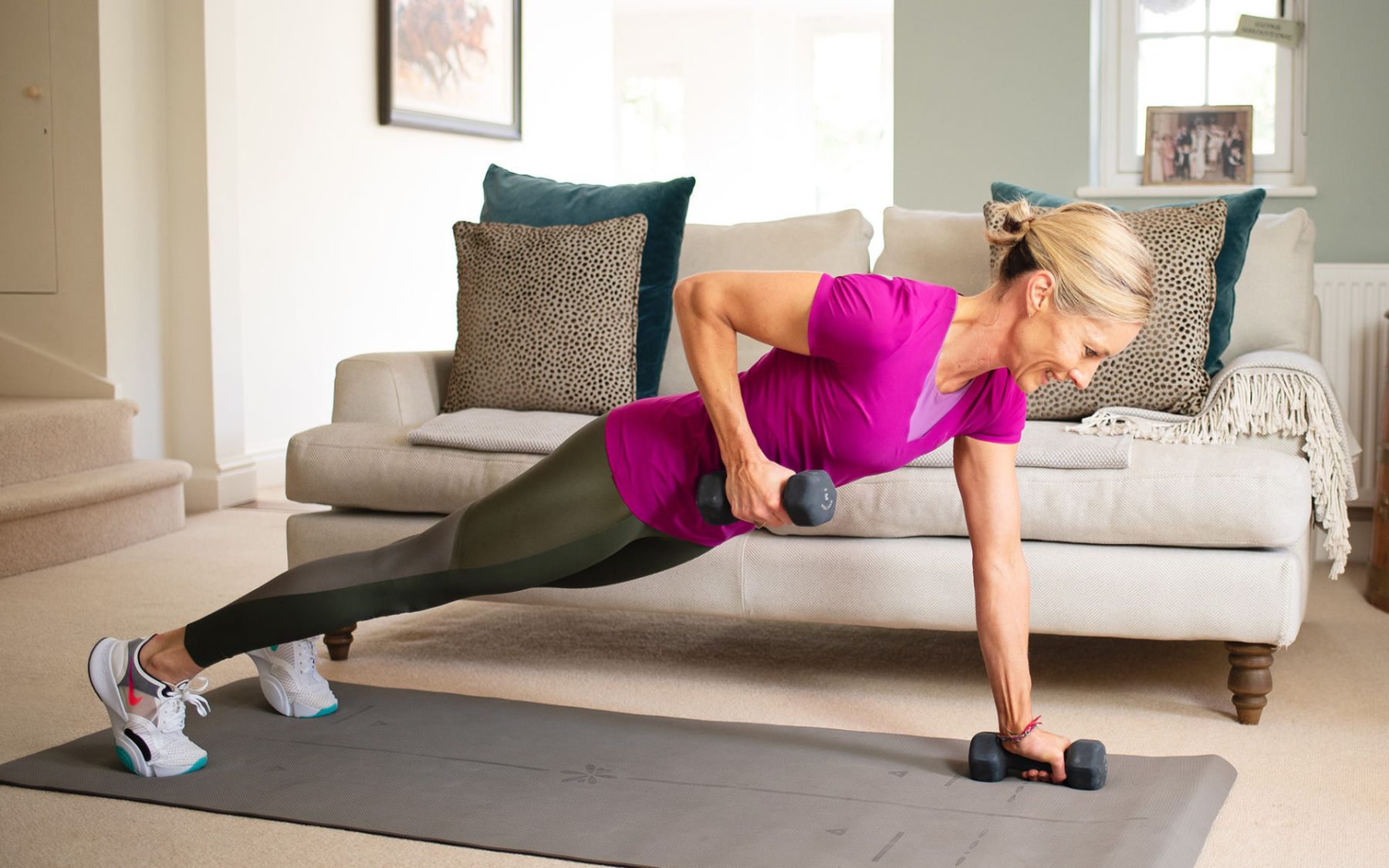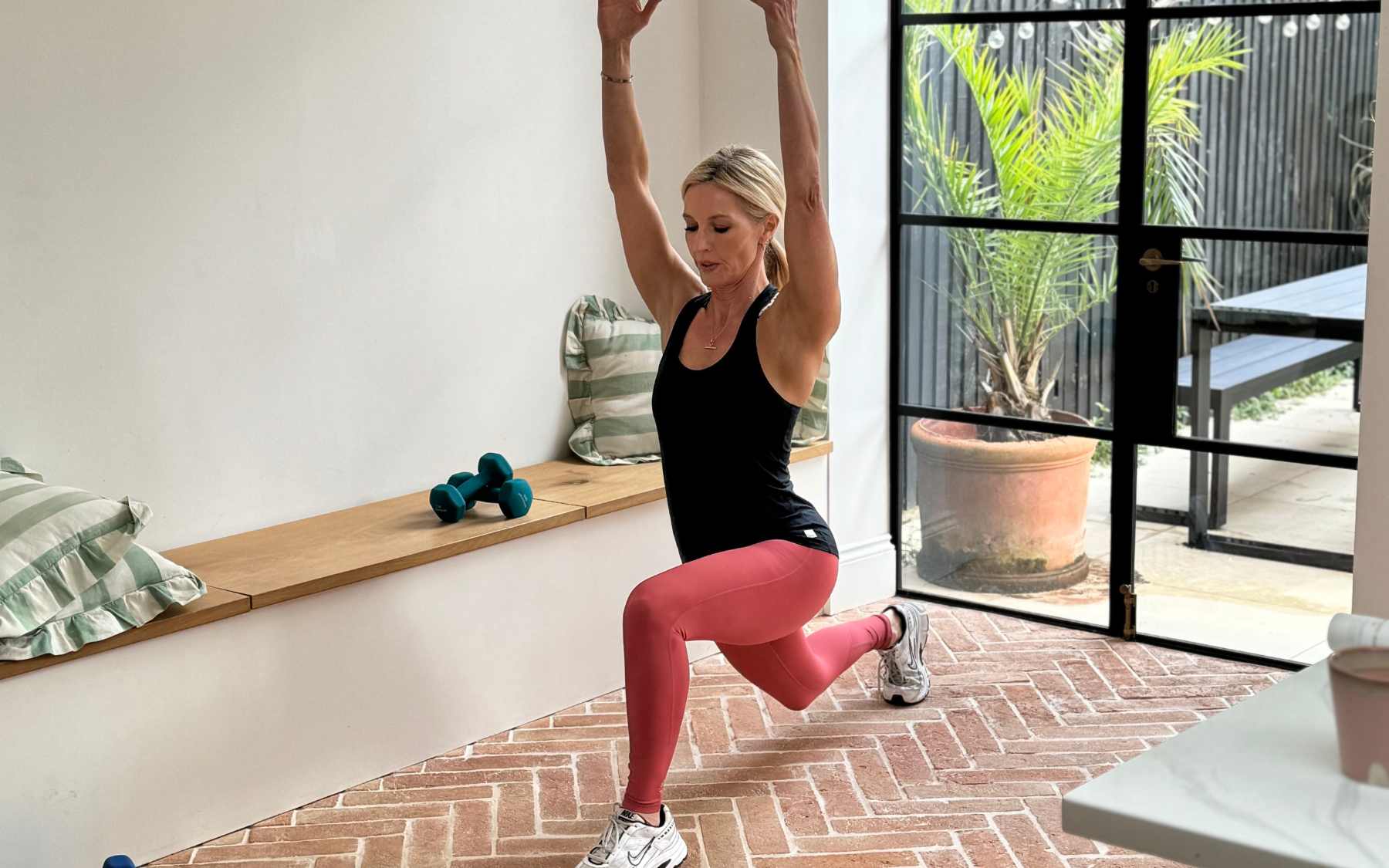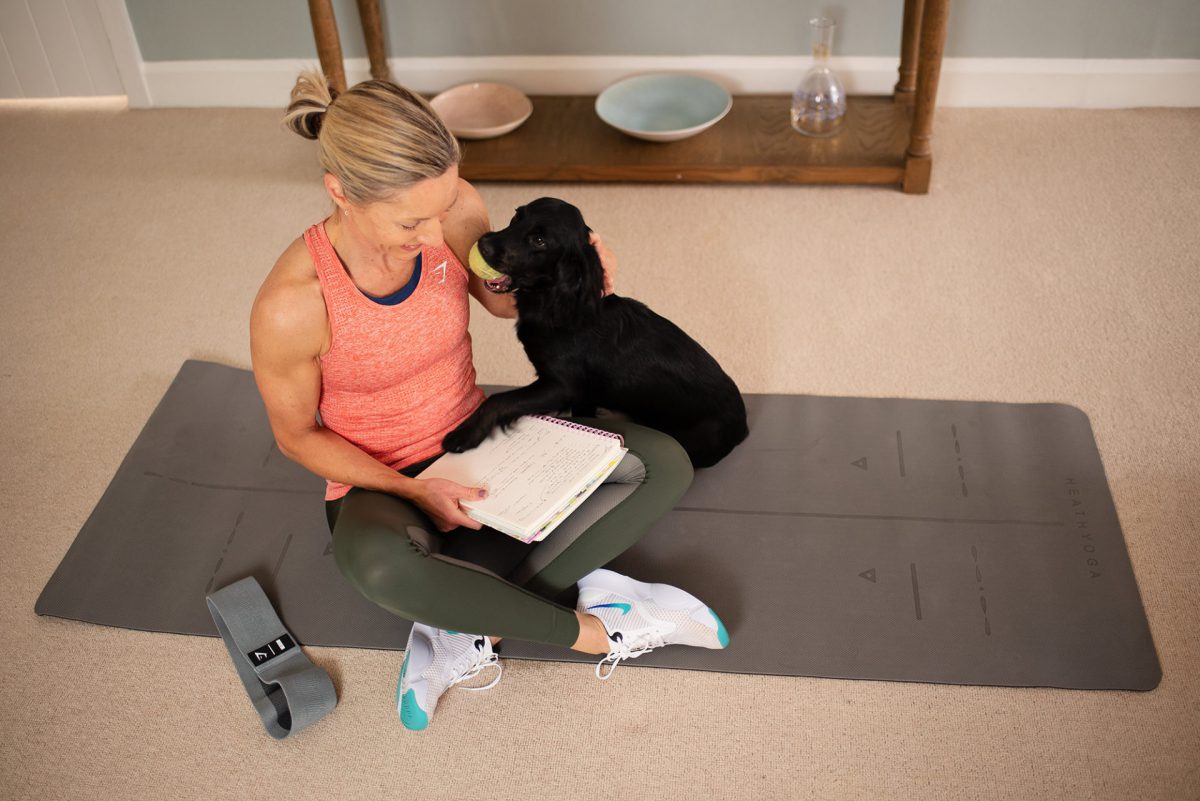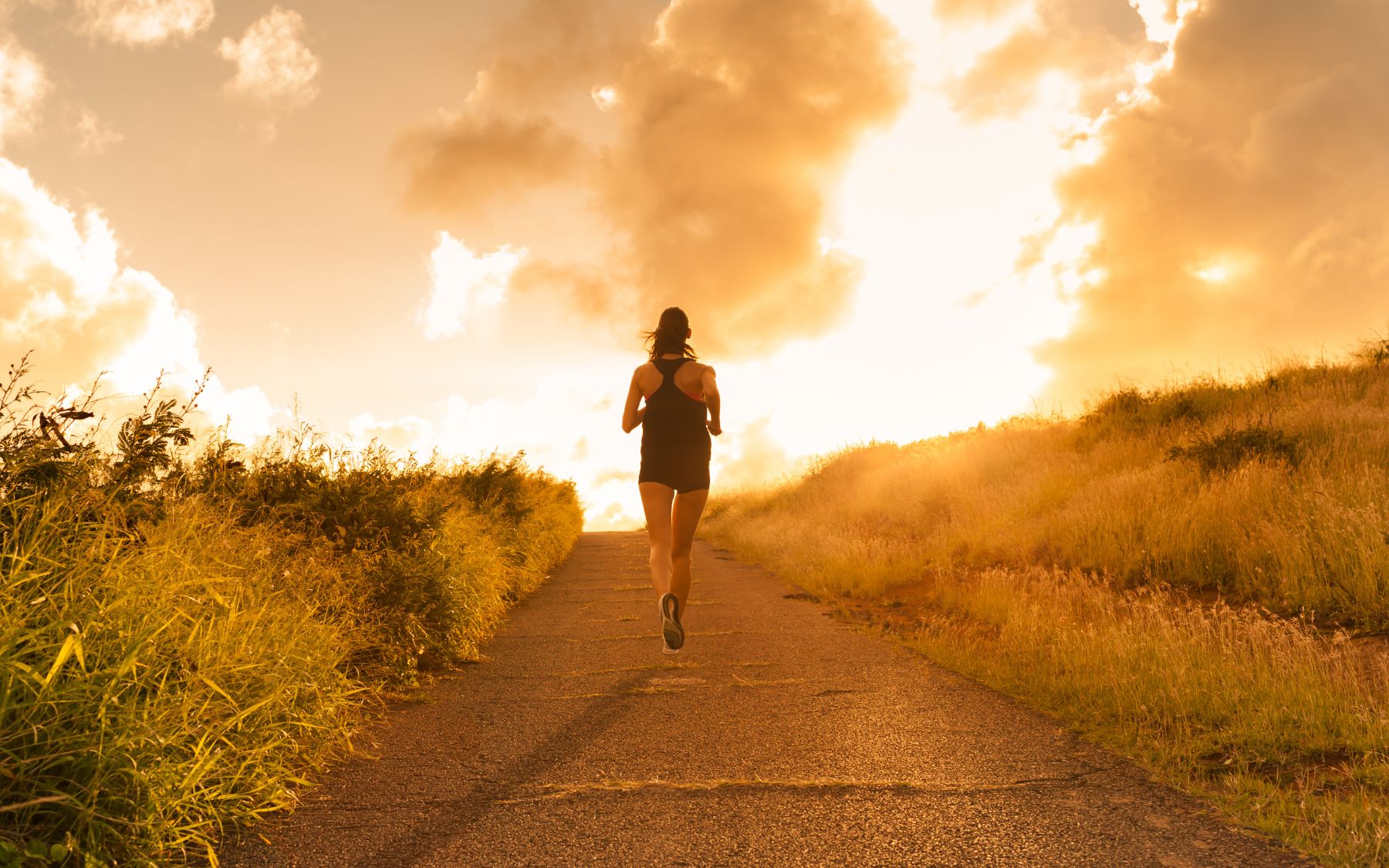Let me start this blog by saying that weight loss as a subject should not be the one deciding factor of embarking on a fitness routine. As many of you know who either follow me or subscribe to the platform, weight loss is not top of my agenda for the benefit of staying stronger and keeping fit in midlife. It is so much more than this and the mental and physical benefits of a stronger body far outweigh the numbers on a scale. HOWEVER that being said there are still many for whom weight loss is important and this cannot be ignored especially during midlife where it can be one of the frustrating symptoms of hormone changes during the menopause.
If you’ve started a new diet or exercise routine with high hopes of shedding pounds, you might find yourself frustrated when the scale doesn’t budge as quickly as you expected. Many people embark on their fitness journey anticipating rapid results, only to be met with a slower pace than they imagined. If you’re wondering why you’re not seeing immediate results, don’t be discouraged! Several factors can influence how quickly you gain strength, lose weight, and understanding them can help you stay on track.
Weight Loss Takes Time
First and foremost, weight loss is a gradual process. The idea of “quick fixes” is often misleading. Healthy and sustainable weight loss usually occurs at a rate of 0.5 to 1 kilogram (1 to 2 pounds) per week at most. While this might feel slow, it’s actually the ideal pace for long-term success. Rapid weight loss, though tempting, often results in losing water weight or muscle mass instead of fat. This type of weight loss is usually temporary and difficult to maintain.
When you begin a new fitness routine or diet, your body needs time to adjust. Initially, you might notice changes in how you feel, like having more energy or feeling less bloated, before you see visible changes on the scale. This can be a much greater measure of success.
The scale isn’t the only measure of progress
Relying solely on the number on the scale can be misleading. Weight fluctuates daily due to factors like water retention, hormonal changes, and even the foods you eat. If the scale isn’t moving, it doesn’t mean you aren’t making progress. There’s so much more to your fitness journey than the number on the scales. Take notes and make a journal of how you feel, your mood, your energy levels and strength.
- Muscle vs. Fat: If you’ve incorporated strength training into your exercise routine (which as you know I highly recommend), you might be building muscle while losing fat. Muscle is denser than fat, so even if you’re slimming down, the scale might not reflect the change immediately.
- Body Measurements: Track your waist, hips, thighs, and arms to see changes that the scale doesn’t show. Often, you’ll notice that your clothes fit better or you feel that your muscles are more toned before seeing significant changes in weight. And I bet you have more energy as well.
Water retention and inflammation
When you begin exercising, especially with high-intensity workouts or strength training, your muscles experience small tears that lead to inflammation. This inflammation is part of the natural repair process and can cause temporary water retention, masking weight loss on the scale.
Additionally, factors like consuming more salt than usual or eating carbohydrate-heavy meals can cause your body to hold onto water, leading to fluctuations in weight. This water weight often drops after a few days, so it’s important not to be discouraged by short-term gains or plateaus.
Consistency is key
One common reason people don’t see immediate results is inconsistency. Weight loss requires a sustained calorie deficit, meaning you burn more calories than you consume over time. If you’re only following your plan sporadically, it might be enough to offset the deficit you’re working toward.
Make sure you’re eating a healthy, balanced diet, staying consistent with your workouts, and not skipping rest days. Small inconsistencies can slow your progress, but steady commitment will yield results in the long run.
Hormonal and metabolic factors
Hormones play a significant role in body composition. For example, women’s menstrual cycles can cause temporary changes in both how you feel and the number on a scale due to hormonal fluctuations and water retention. Additionally, if you have conditions like hypothyroidism, polycystic ovary syndrome (PCOS), or insulin resistance, it can affect body composition and the impact of training.
As women approach menopause, oestrogen levels begin to decline. This decrease can lead to symptoms like muscle reduction, fatigue, and reduced bone density. Exercise becomes even more important during this stage of life to mitigate these effects. Strength training, in particular, is critical for maintaining muscle mass and supporting bone health, while aerobic exercises like walking or swimming can help manage weight and boost cardiovascular health.
Moreover, as you lose weight, your metabolism may slow down. When you weigh less, your body requires fewer calories to function, which means you may need to adjust your diet and exercise routine as you progress.
Mental and emotional challenges
Fitness building can be a mental game as much as a physical one. Unrealistic expectations, stress, or lack of routine can sabotage your progress. It’s important to set realistic goals, celebrate small victories, and not let temporary setbacks derail your efforts. Managing stress and getting enough sleep also play critical roles in success.
Conclusion
Not seeing immediate results can be frustrating, but it’s important to remember that lasting, healthy changes take time. Focus on progress over perfection, and use multiple measures, such as how much energy you have, your strength, and how you feel, to track your success. Stay consistent, be patient, and remember that small changes accumulate over time, leading to sustainable results and improved health. The key is to stick with it and celebrate the non-scale victories along the way.
As always, any questions please do get in touch.
Caroline x









